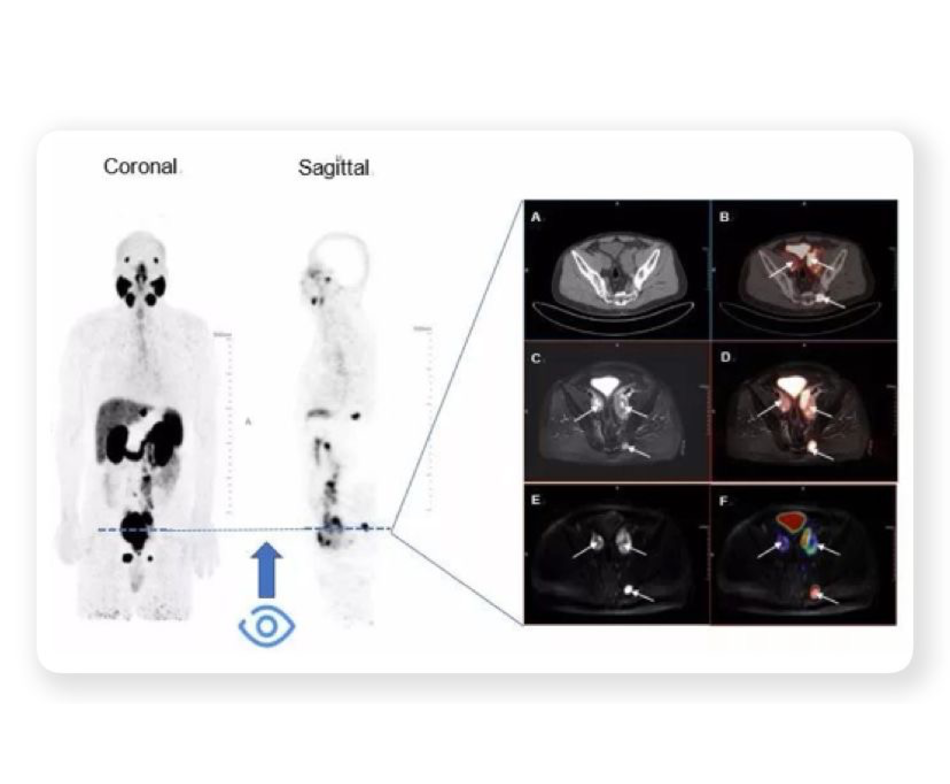The prostate is an organ without a sense of pain. There are often no apparent symptoms in prostate cancer's early and middle stages, so it's difficult to make patients stay vigilant. Prostate cancer is a relatively special kind of cancer. Unlike other organ cancer that will grow into a tumor, the prostate won't become larger in prostate cancer. Once the patient has symptoms, such as pressure on the urethra, it often means the advanced stage of prostate cancer.
Many celebrities such as Reagan, former president of the United States, Murdoch, a media tycoon, Mandela, former president of South Africa, Li Ao, a well-known writer, and Warren Buffett, a renowned investor, all suffered from prostate cancer in their later lives. According to statistics, currently, there are more than 10 million people in the world suffering from the disease, which approaches the population of London. Due to China's low early diagnosis rate, the proportion of patients with advanced prostate cancer is much higher than that of developed countries in Europe and America. Prostate cancer has become the fastest-growing malignant tumor for men in China in the past decade.
Prostate cancer refers to malignant epithelial tumors in the prostate, the most common malignant tumors in a man's genitourinary system. The main clinical symptoms include difficult urination, abnormal urination frequency, chronic pain in the lower back, hip, upper limbs, or other bones, and significant weight loss. Prostate cancer often occurs in middle-aged and older men, increasing with age. It's called the "invisible killer" for middle-aged and elderly men.



